Long-Term Care Facilities For Seniors
As people age, they may need long-term care. The most common type of long-term care is personal care. This type of care is necessary for seniors who can no longer take care of themselves or that need help with everyday activities (ADL). On this page, we will talk about what long-term care for seniors is, and the different types of care and services provided in a long-term care facility.
Our Long-Term Care Facilities
Long Term Care Skilled Nursing Facilities
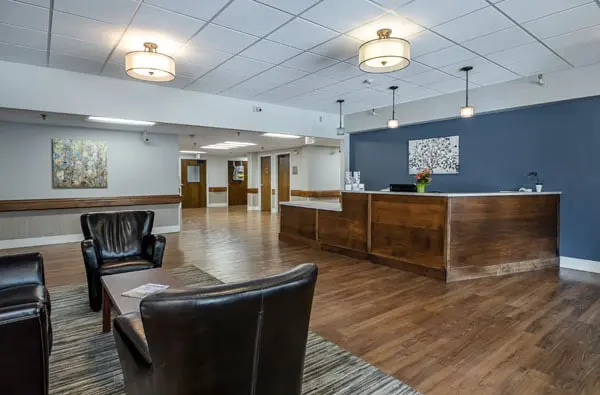
Edenbrook Edina
Edina, MN
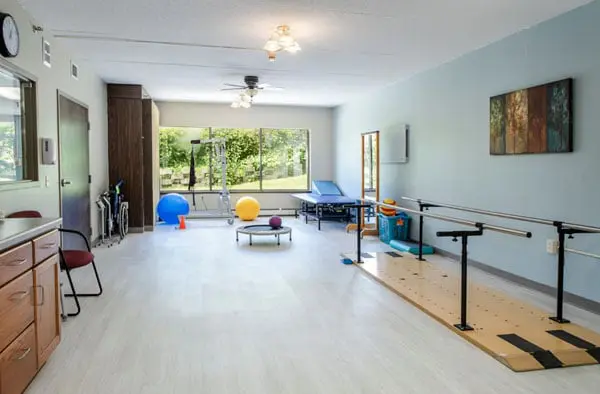
Edenbrook Rochester
Rochester, MN
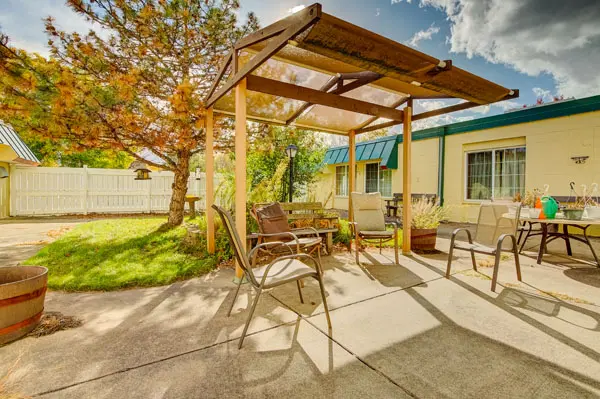
Edenbrook St. Cloud
St. Cloud, MN
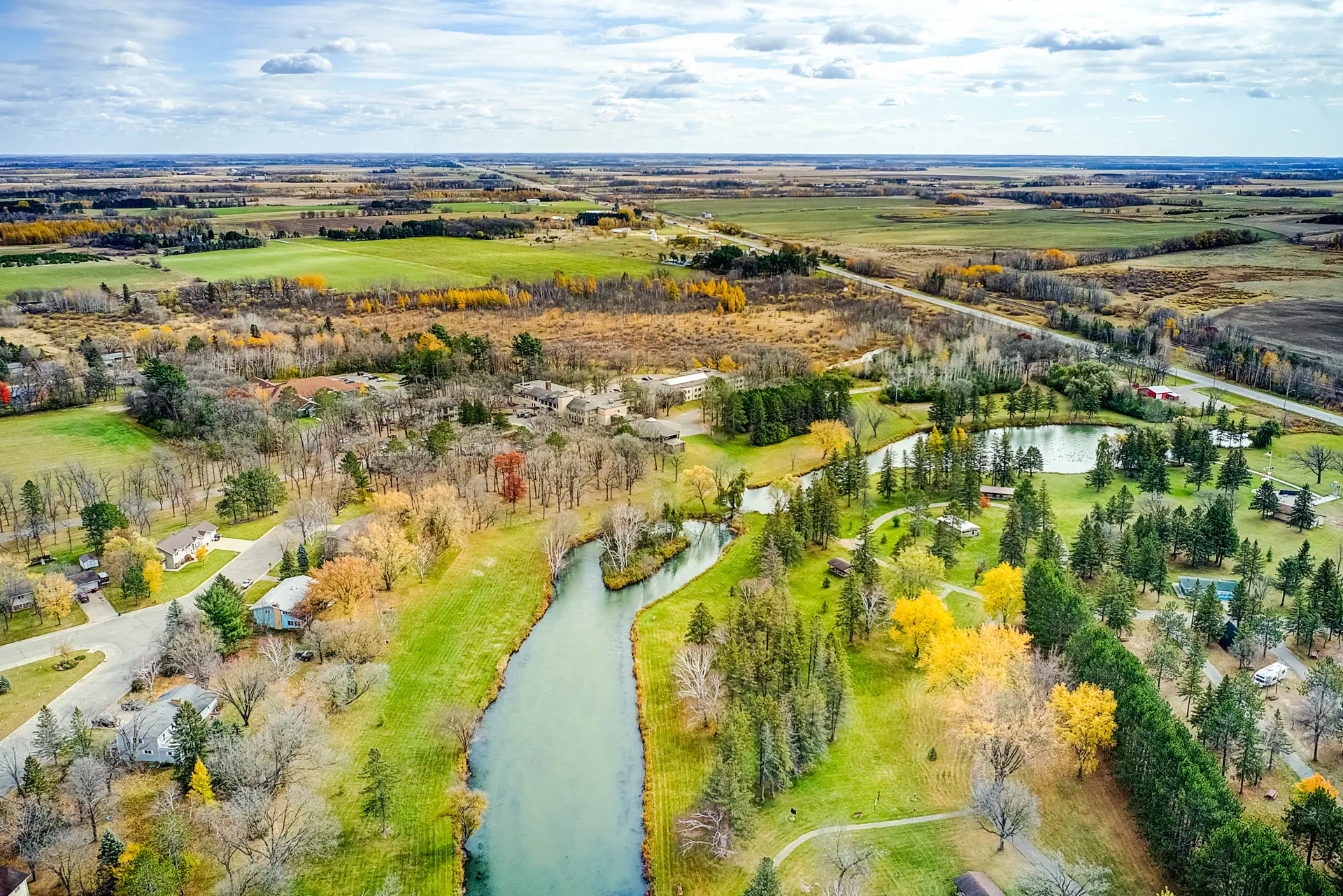
Fair Oaks Lodge
Wadena, MN
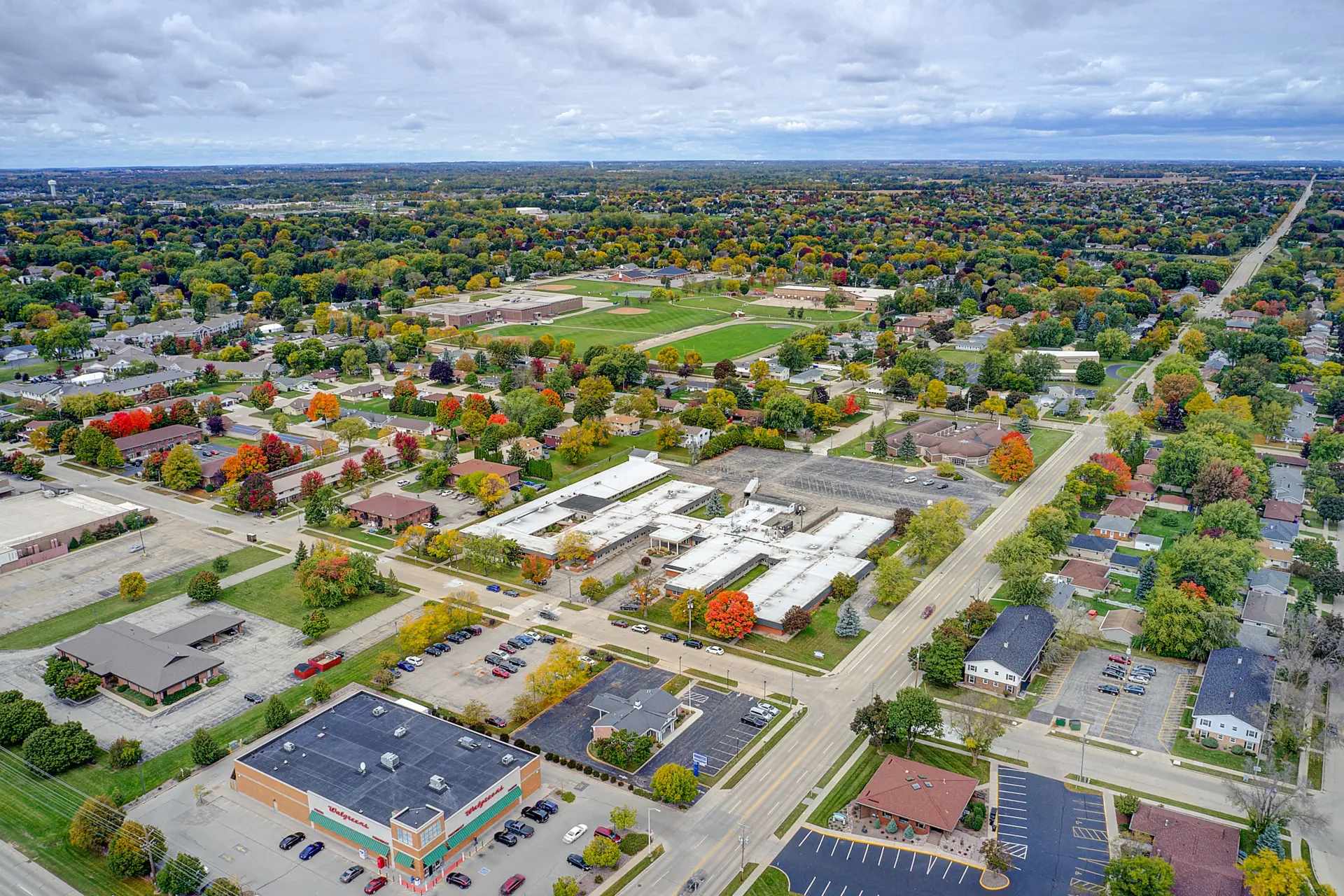
Edenbrook Appleton
Appleton, WI
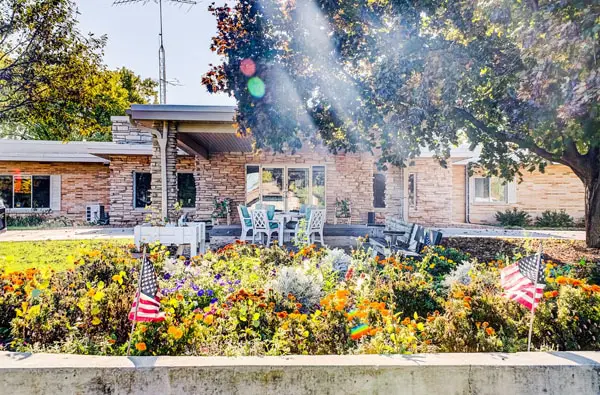
Edenbrook Fond Du Lac
Fond Du Lac, WI
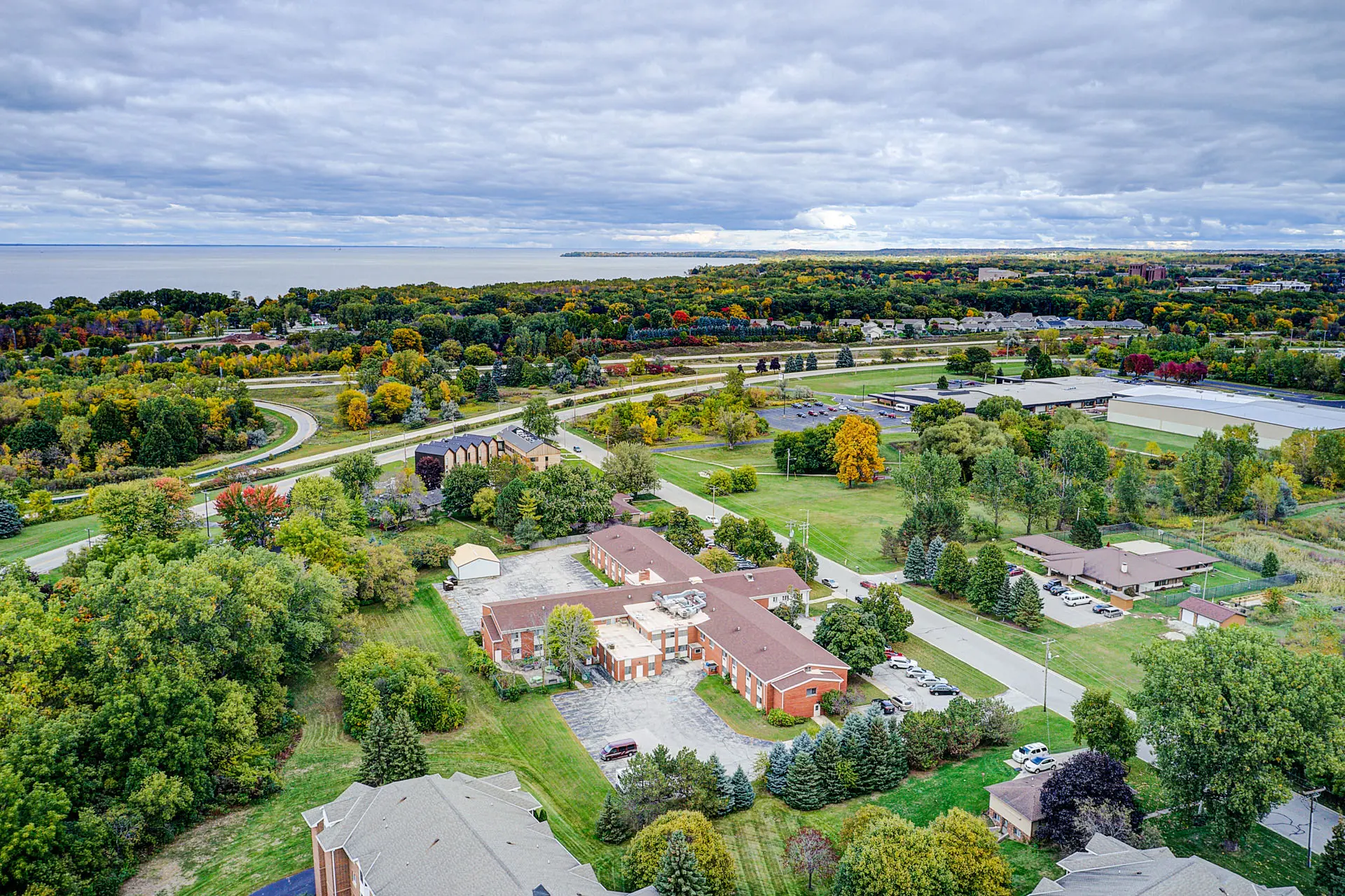
Edenbrook Green Bay
Green Bay, WI
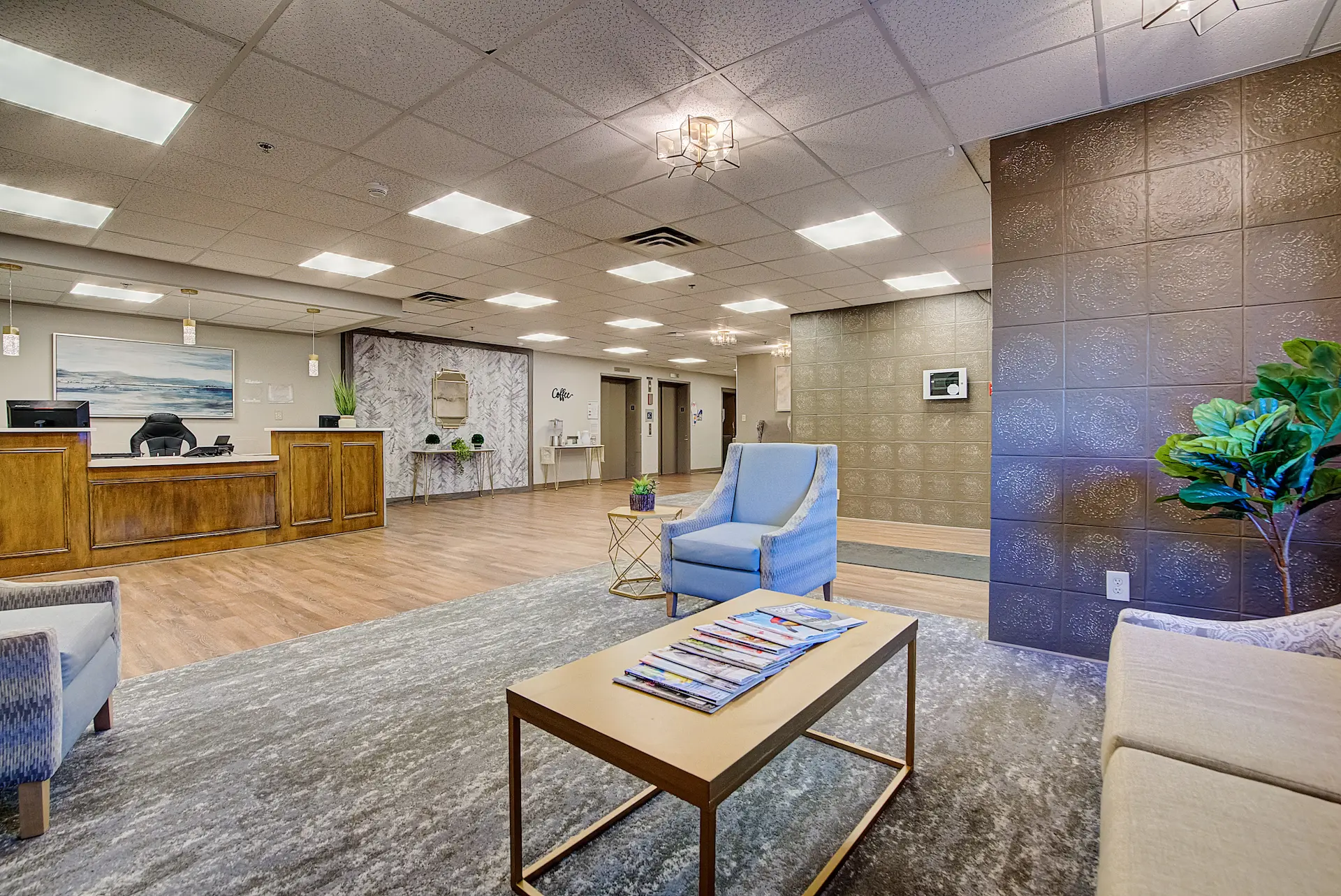
Edenbrook Lakeside
Milwaukee, WI
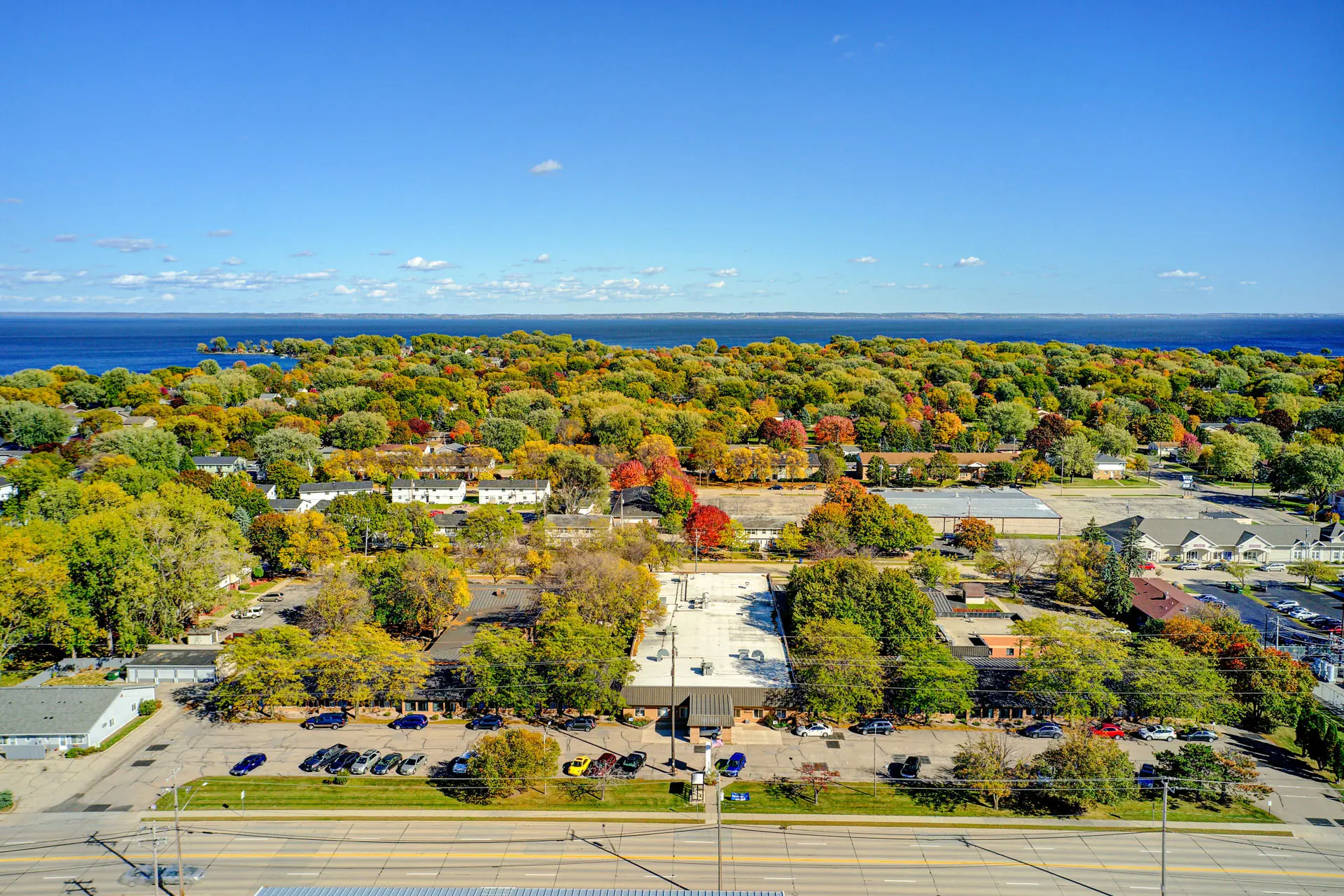
Edenbrook Oshkosh
Oshkosh WI
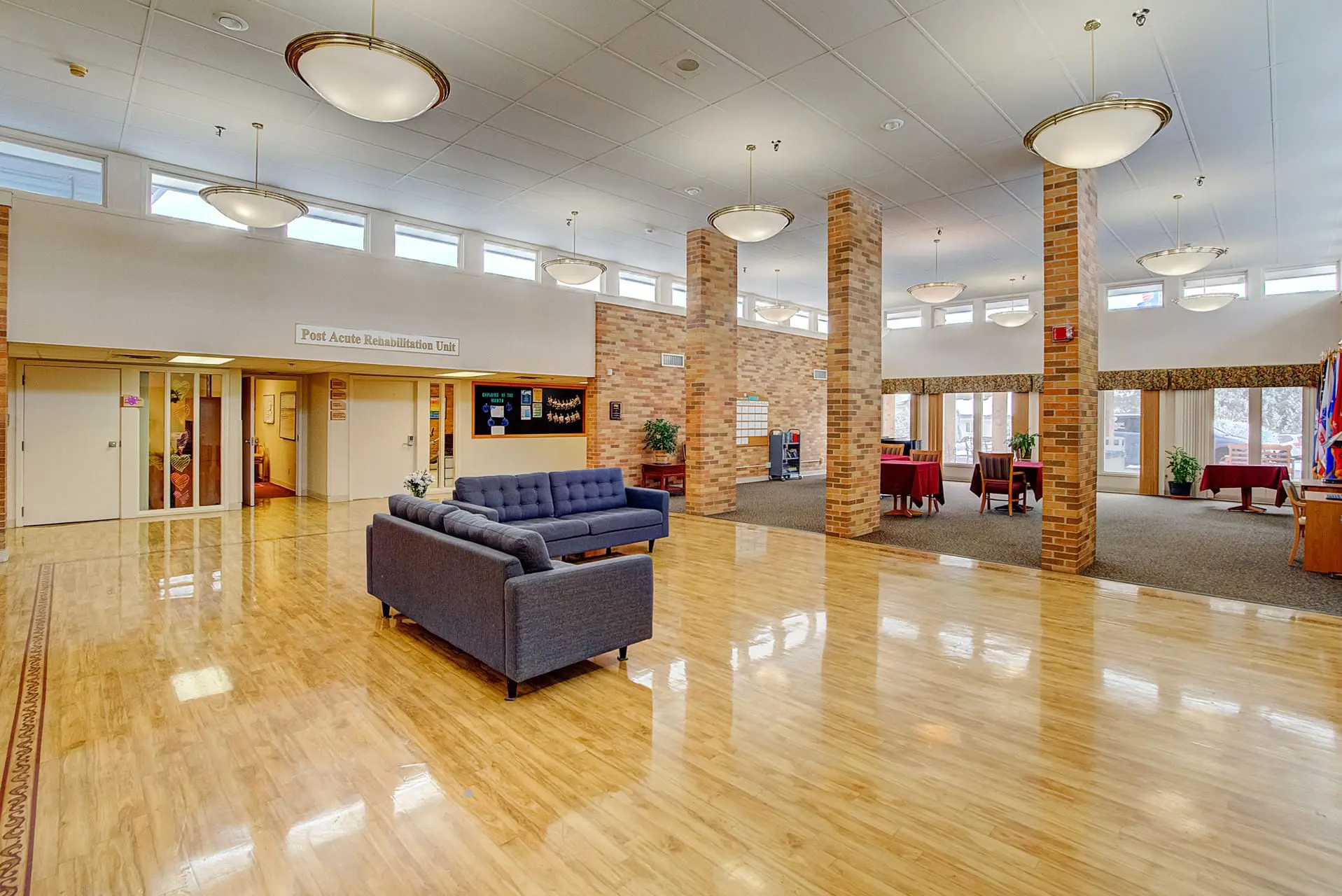
Edenbrook Platteville
Platteville, WI
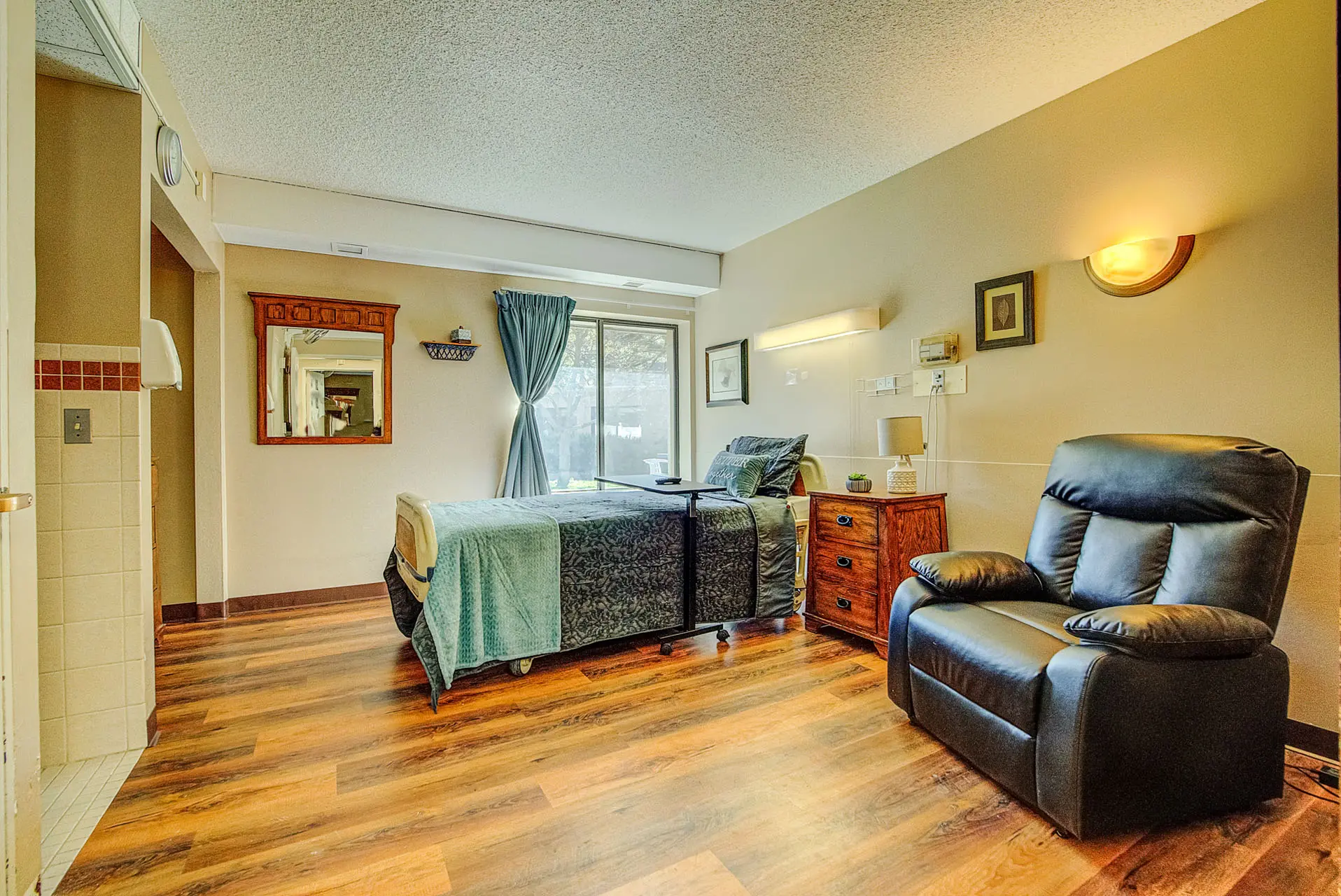
Edenbrook Wisconsin Rapids
Wisconsin Rapids, WI
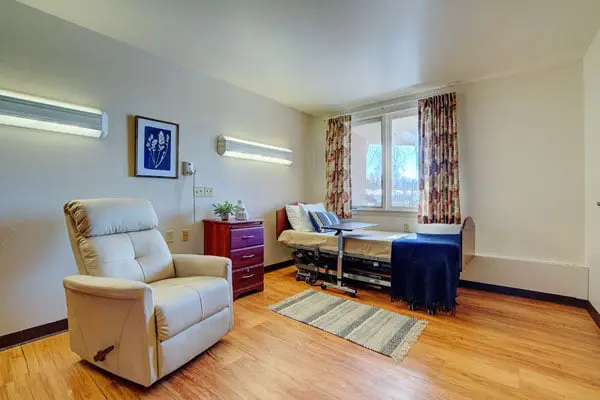
Evansville Manor
Evansville, WI
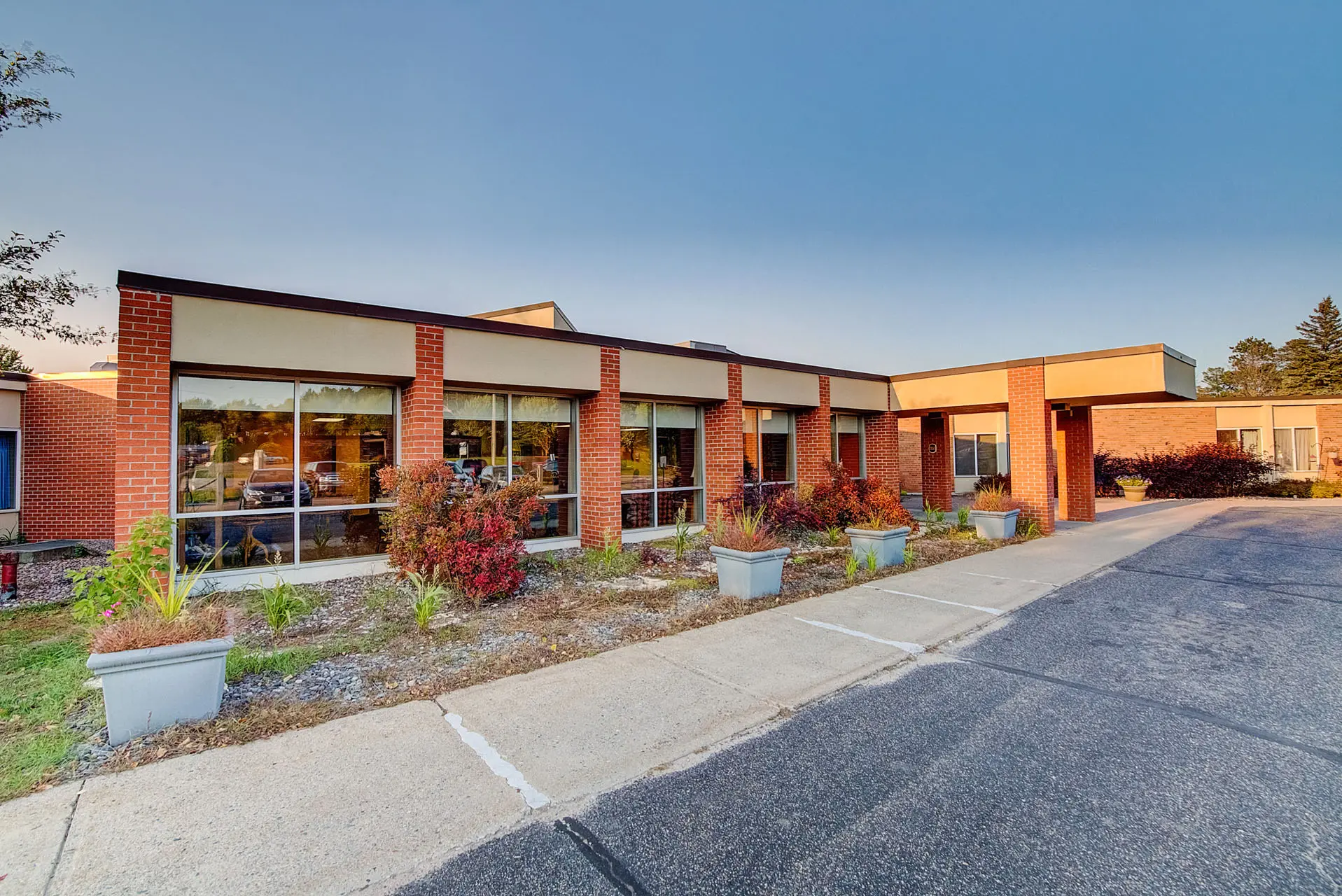
Friendly Village Rehab & Nursing
Rhinelander, WI
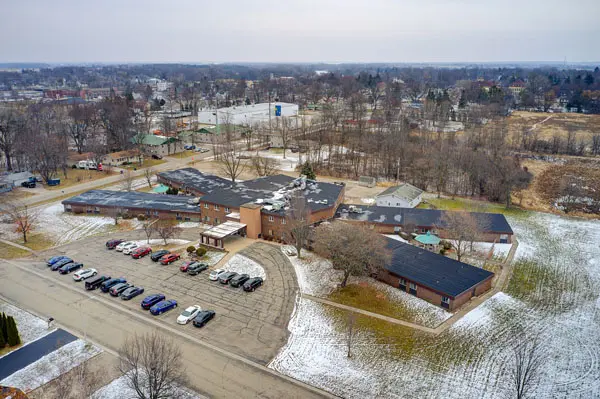
Omro Care Center
Omro, WI

Whispering Pines
Ripon, WI
Long Term Care Assisted Living Facilities
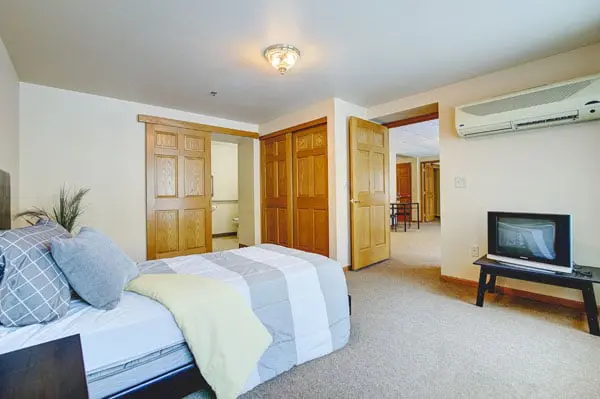
Nature's Point
St. Cloud, MN

Mission Creek
Waukesha, WI
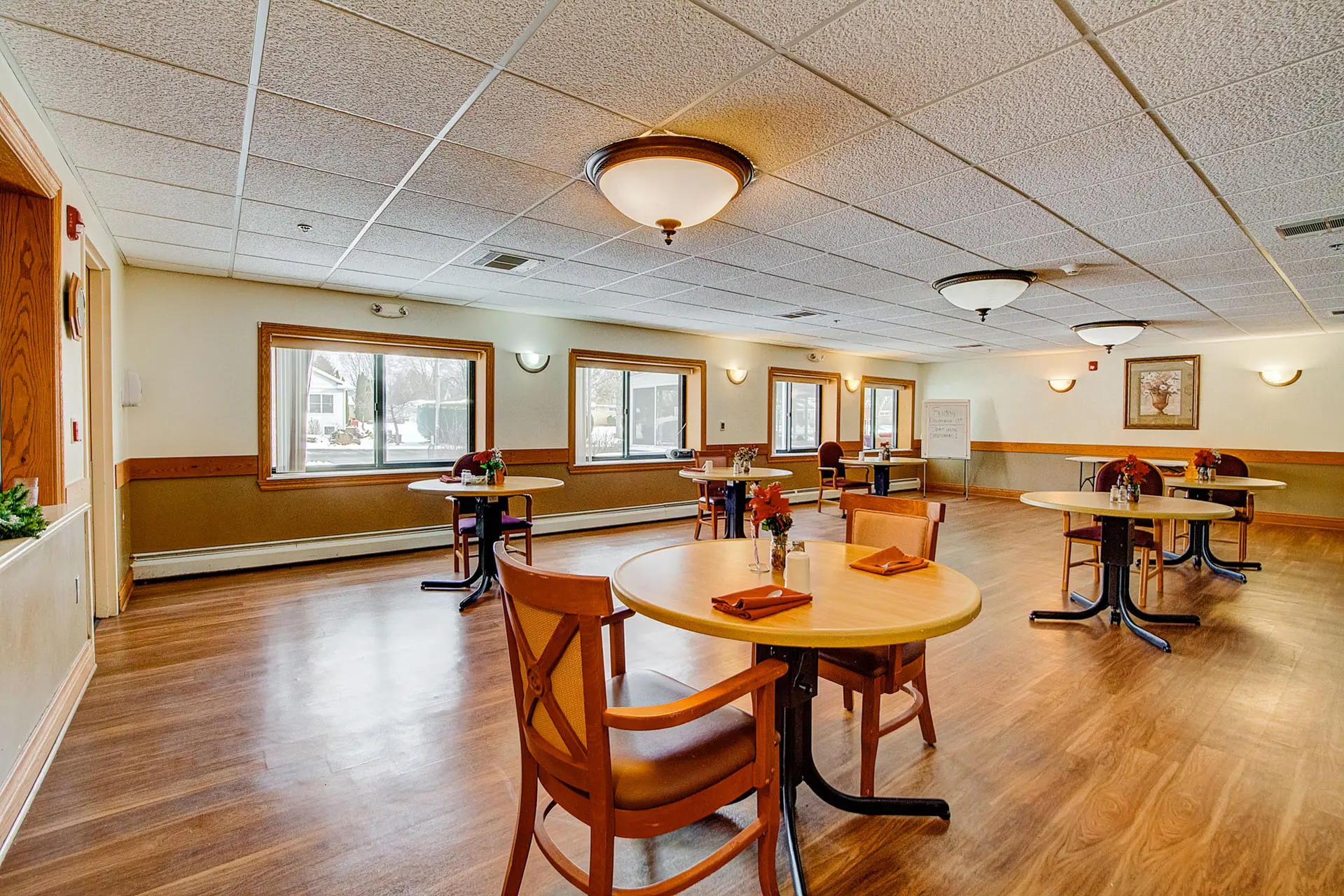
Wolverton Glen
Ripon, WI
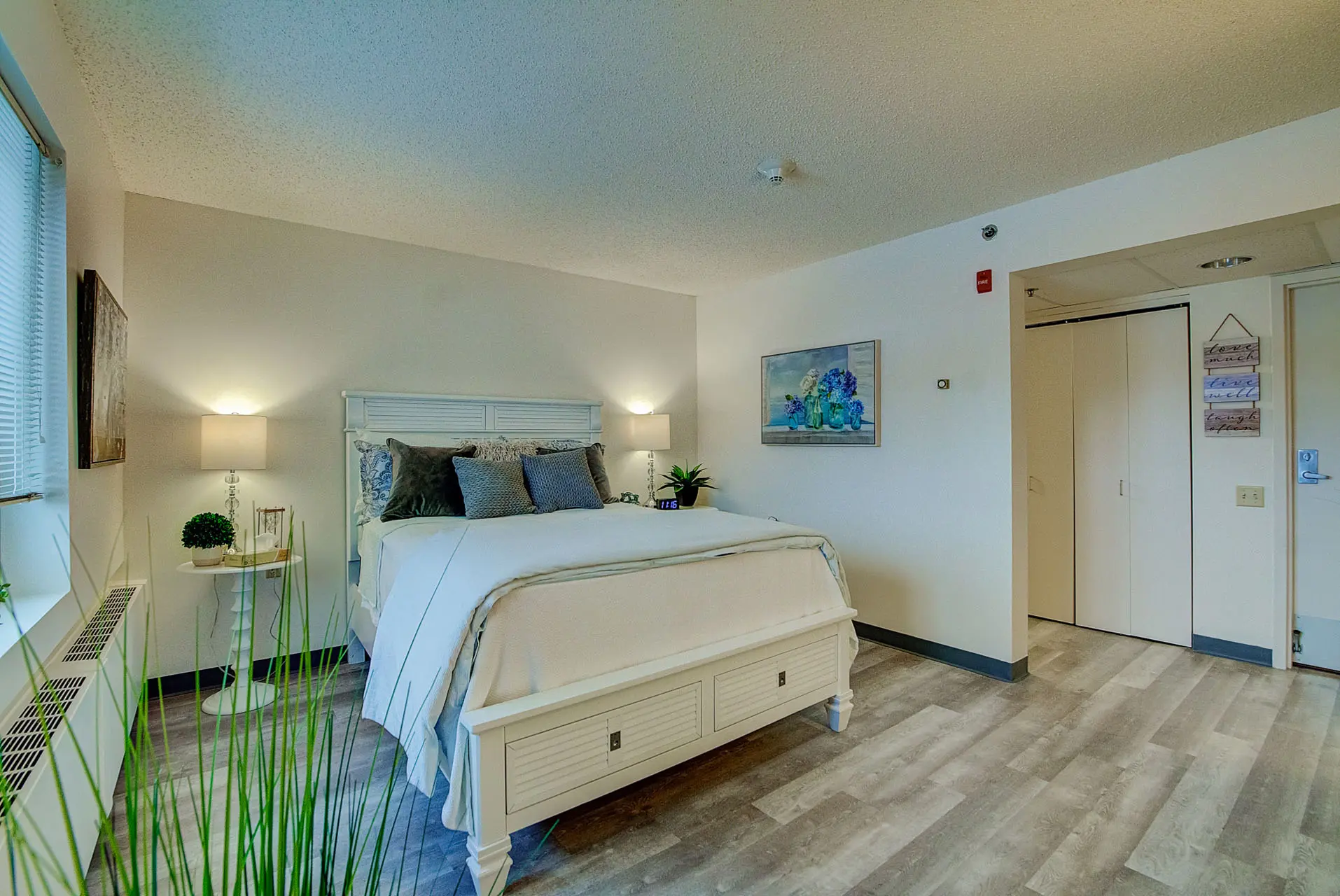
Woods Of Caledonia
Racine, WI
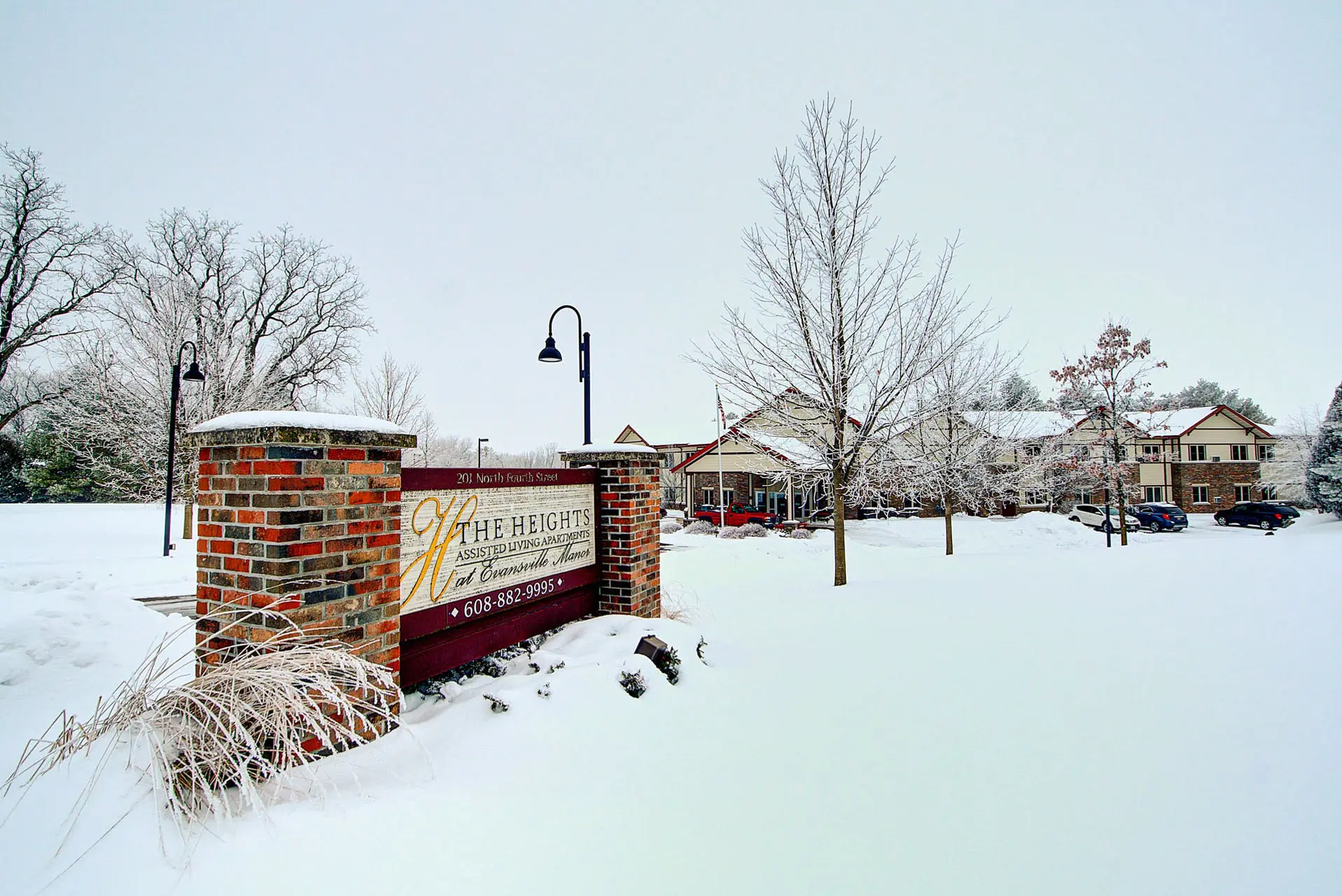
The Heights
Evansville, WI

Bella Vista
Oshkosh, WI

Lakeshore Manor
Oshkosh, WI
What Is Long-Term Care?
People often need long-term care when they have a serious, ongoing health condition or disability. It provides services that help them with daily living activities such as cooking, bathing, transportation, and more. This type of care usually lasts for several months or years, and it helps seniors stay healthy and comfortable. There are many types of long-term nursing care, including inpatient care, outpatient care, and home health care.
The need for long-term care can arise suddenly for example after a heart attack or stroke. In most cases, however, it develops gradually as people get older and illnesses or disabilities get worse.
The goal of long-term care is to help seniors stay healthy and comfortable. In some cases, long-term care can also help seniors recover from an illness or injury. The type of care and services provided will depend on the individual’s needs and health condition.
What is the difference between a nursing home and a long-term care facility?
The difference between nursing homes and long-term care is that nursing homes provide short-term care, while long-term care provides extended care. Nursing homes are a good option for seniors who need short-term rehabilitation or medical care. Long-term care is a better option for seniors who need more extensive assistance with their daily activities.
In nursing homes, residents typically share a room with one or two other people. In long-term care, residents usually have their own room.
Nursing homes are more expensive than long-term care, but the cost varies depending on the location and type of facility. Medicare will cover some of the costs for nursing home care, but not all of them. Long-term care is not covered by Medicare. Both nursing homes and long-term care provide important services that help seniors stay healthy and comfortable.
What is the difference between long-term care and long-term acute care?
The difference between long-term care and long-term acute care is that long-term care is for people who need ongoing care but do not require the level of care provided in a hospital. Long-term acute care is for people who have complex medical needs and require intense monitoring and treatment. Both long-term care and long-term acute care can be provided in nursing homes, but long-term acute care is usually provided in specialized facilities.
What is the purpose of a long-term care facility?
The purpose of a long-term care facility is to provide ongoing care for people who cannot live independently. These facilities typically offer a range of services, including nursing care, physical therapy, and social activities.
For example, a long-term care facility might provide nursing care for a person who is recovering from a stroke. The facility would also offer physical therapy to help the person regain movement in their affected limb. In addition, the facility would offer social activities to help the person stay connected with others and maintain their mental health. At Eden Senior Care, we understand everyone has different needs. That is why we work closely with each of our residents and develop a care plan personalized just for them.
What is the most common type of long-term care?
The most common type of long-term care is nursing care. Skilled nursing facilities provide around-the-clock care for people who need assistance with activities of daily living, such as eating, bathing, and using the restroom.
In skilled nursing facilities, residents typically have their own private or semi-private rooms. They also have access to common areas, such as a dining room, living room, and outdoor space. Skilled nursing facilities usually have a staff of registered nurses, licensed practical nurses, and certified nursing assistants who provide care for residents.
Paying for Long-Term Nursing Care
Long-term care can be expensive. The average cost of a private room in a nursing care facility can be as high as $105,852 per year. If you need to stay in a skilled nursing facility for an extended period of time, the costs can add up quickly.
How to pay for long-term care
There are several ways to pay for long-term care:
• Private health insurance: Most private health insurance policies cover some or all of the costs of long-term nursing care.
• Medicare: Medicare covers certain types of long-term nursing care, but there are limits to how much it will pay. Medicare will only pay for up to 100 days of nursing care per benefit period.
• Medicaid: Medicaid pays for the majority of long-term nursing home stays in the United States. To qualify for Medicaid coverage, you must meet certain income and asset requirements.
Long-term care insurance
Long-term care insurance is a type of insurance that covers the costs of long-term care. This type of insurance is designed to help people pay for nursing home stays, home health aides, and other types of long-term care.
There are several things to keep in mind when considering long-term care insurance:
• The cost of long-term care insurance can be expensive. Policies can cost hundreds or even thousands of dollars per year.
• Not everyone needs long-term nursing care. Most people only need short-term care after they have surgery or have an illness.
• Long-term care policies do not cover every type of long-term care. They usually only cover the costs of staying in a nursing home or getting help from a home health aide.
• Before you purchase a long-term nursing care policy, make sure to do your research and understand what the policy covers.
• You should also consider how much coverage you need and whether you can afford the premiums.
• If you are considering long-term nursing care insurance, talk to your financial advisor or insurance agent to see if it is right for you.
How much is long-term care insurance?
The cost of long-term care insurance depends on a variety of factors, including the age and health of the policyholder, the length of the coverage period, and the type of policy.
Generally speaking, premiums for long-term care policies range from $100 to $400 per month. However, some policies have premium rates as high as $900 per month.
The main benefit of paying for long-term care insurance is that it can help you cover the costs of nursing home care, which can be very expensive. Nursing home care typically costs between $70 and $90 per day or between $20,000 and $30,000 per year.
Is long-term care tax deductible?
Long-term care insurance premiums are tax-deductible as a medical expense. To deduct your long-term care insurance premiums, you must itemize your deductions on your federal income tax return.
Is long-term nursing care covered by Medicare?
Long-term care is not covered by Medicare. Medicare only covers skilled nursing care that is received for a limited time after a hospital stay.
Is long-term nursing care covered by Medicaid?
Long-term care is covered by Medicaid. To be eligible for coverage, you must meet certain requirements, such as being a low-income person or having a disability.
What are the four types of care that may be provided in a long-term care facility?
Assisted Living:
Assisted living is a type of care that is offered in a residential setting. In assisted living, residents receive help with activities of daily living (ADLs), such as bathing, dressing, and eating.
Independent Living:
Independent living is a type of care that is offered in a residential setting. In independent living, patients get to live as independently as possible. This means that they are able to take care of themselves, but they may receive help with some activities of daily living.
Nursing Homes or Skilled Nursing Facility:
Nursing homes or skilled nursing facilities are a type of long-term care. In nursing homes or skilled nursing facilities, residents receive around-the-clock medical care and supervision. The care provided in nursing homes or skilled nursing facilities is often necessary for residents who are unable to live independently.
For example, residents in nursing homes or skilled nursing facilities may need help with activities of daily living, such as bathing, eating, and dressing. They may also need medical care and supervision that can only be provided by trained staff.
Continuing Care Retirement Community:
Continuing care retirement communities are another type of long-term care. In continuing care retirement communities, residents have access to a wide range of services and amenities. These services and amenities can include everything from independent living to nursing home care.
For example, a continuing care retirement community might offer independent living for residents who are able to live independently. These residents would have their own homes or apartments within the community. The community would also offer on-site amenities, such as a swimming pool, gym, and restaurant. For residents who need more care, the community might offer assisted living or nursing home care.
Additional Settings That May Be Considered Long-Term Care
Hospice:
A hospice is a type of long-term care that is typically provided to terminally ill patients. Hospice care can be provided in a variety of settings, such as the patient’s home, a nursing home, or a hospital.
Hospice care focuses on providing comfort and support to the patient and their family. The goal of hospice care is to manage symptoms and pain so that the patient can spend their remaining time in comfort.
Home Health Care:
Home health care is a type of long-term care that is provided to patients who are unable to leave their homes also known as housebound. Home health care services can include a variety of different types of care, such as nursing care, physical therapy, and occupational therapy.
Home health care services are typically provided by a team of health care professionals who work together to create a plan of care for the patient. Patients who receive home health care typically have a chronic illness or disability that prevents them from being able to leave their homes.
Senior Health Care:
Senior daycare centers are another type of long-term care facility that provides services to seniors. Senior daycare centers typically provide a variety of services, such as social activities, meals, and transportation. Senior daycare centers are a good option for seniors who do not need the level of care provided by a nursing home, but who still need some assistance with their daily activities.
Long-Term Acute Care Hospitals:
Long-term acute care hospitals (LTACs) are another type of long-term care facility. LTACs provide care for patients who have complex medical needs and require a longer hospital stay than what is typically provided in a traditional hospital. LTACs are often used as a step-down from the intensive care unit (ICU) for patients who no longer need ICU-level care, but who still need close monitoring and specialized medical care.
Final Thoughts
There are many types of long-term care facilities that provide services to seniors. The type of facility that is right for a particular senior will depend on the senior’s individual needs and preferences. It is important to consult with a doctor or other health care professional to determine what type of long-term care facility would best meet the needs of a particular senior.
If you need help finding a long-term care facility for a senior in your life, please don’t hesitate to contact us. We would be happy to help you find the perfect place for your loved one.
